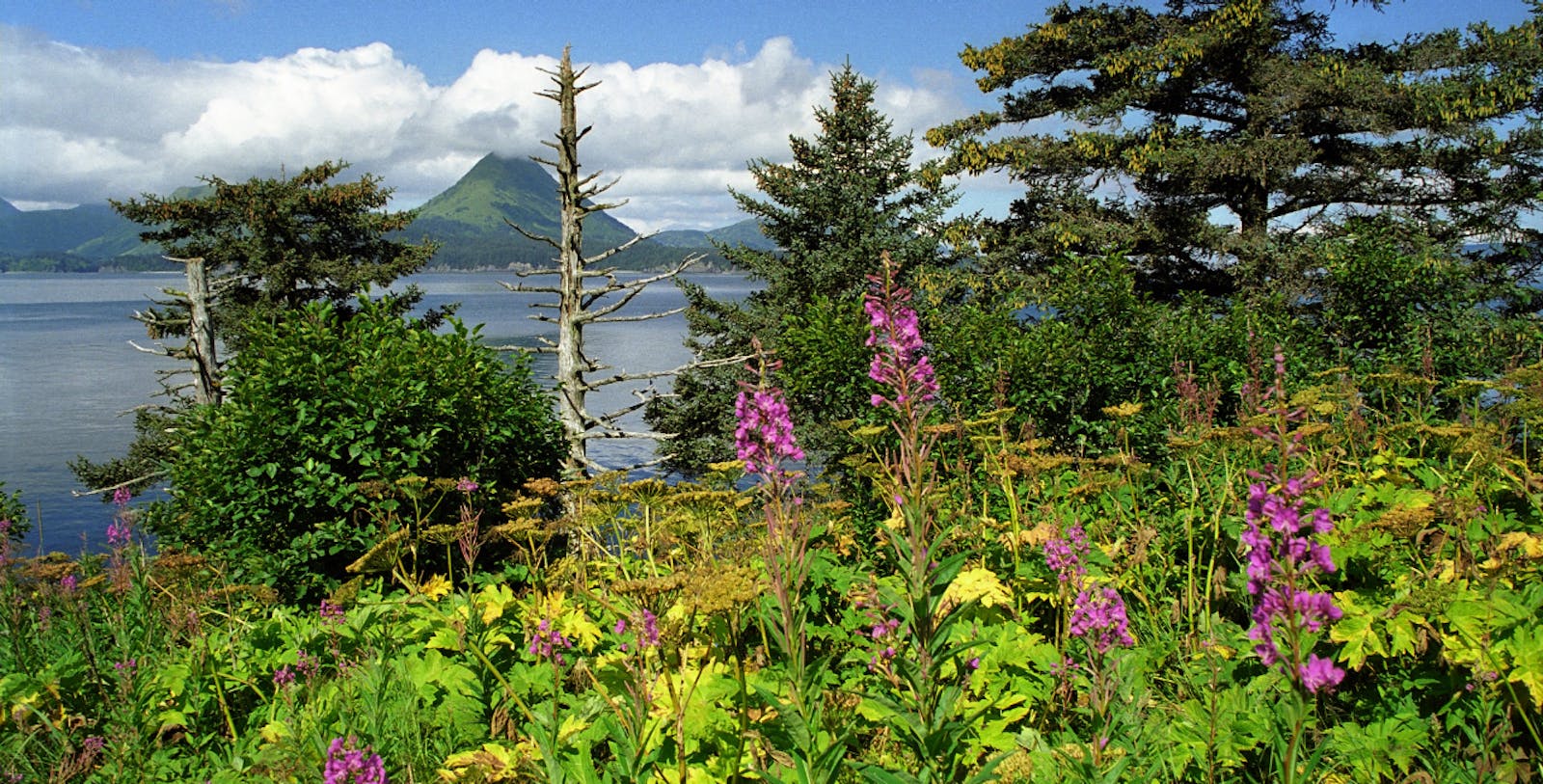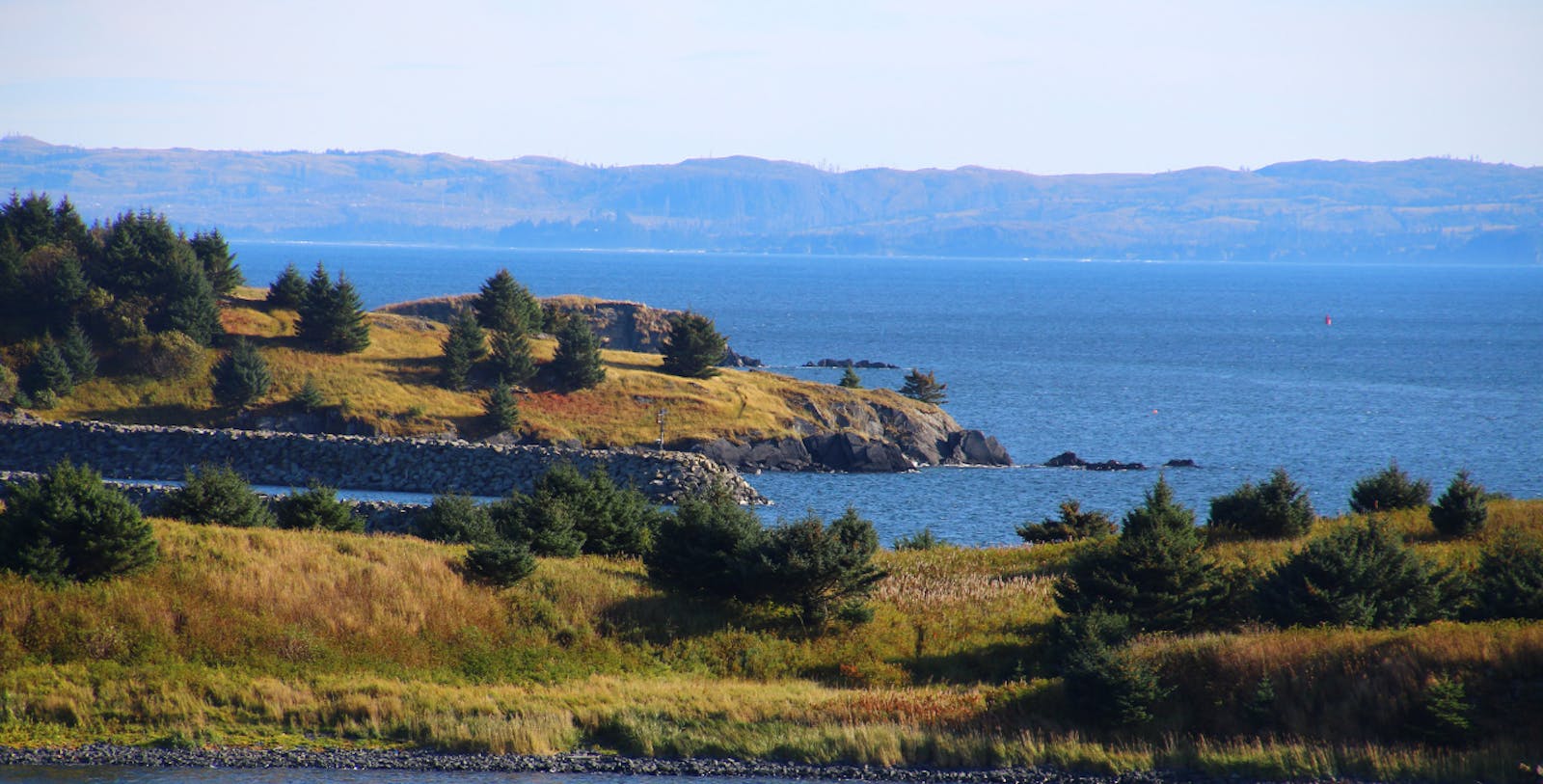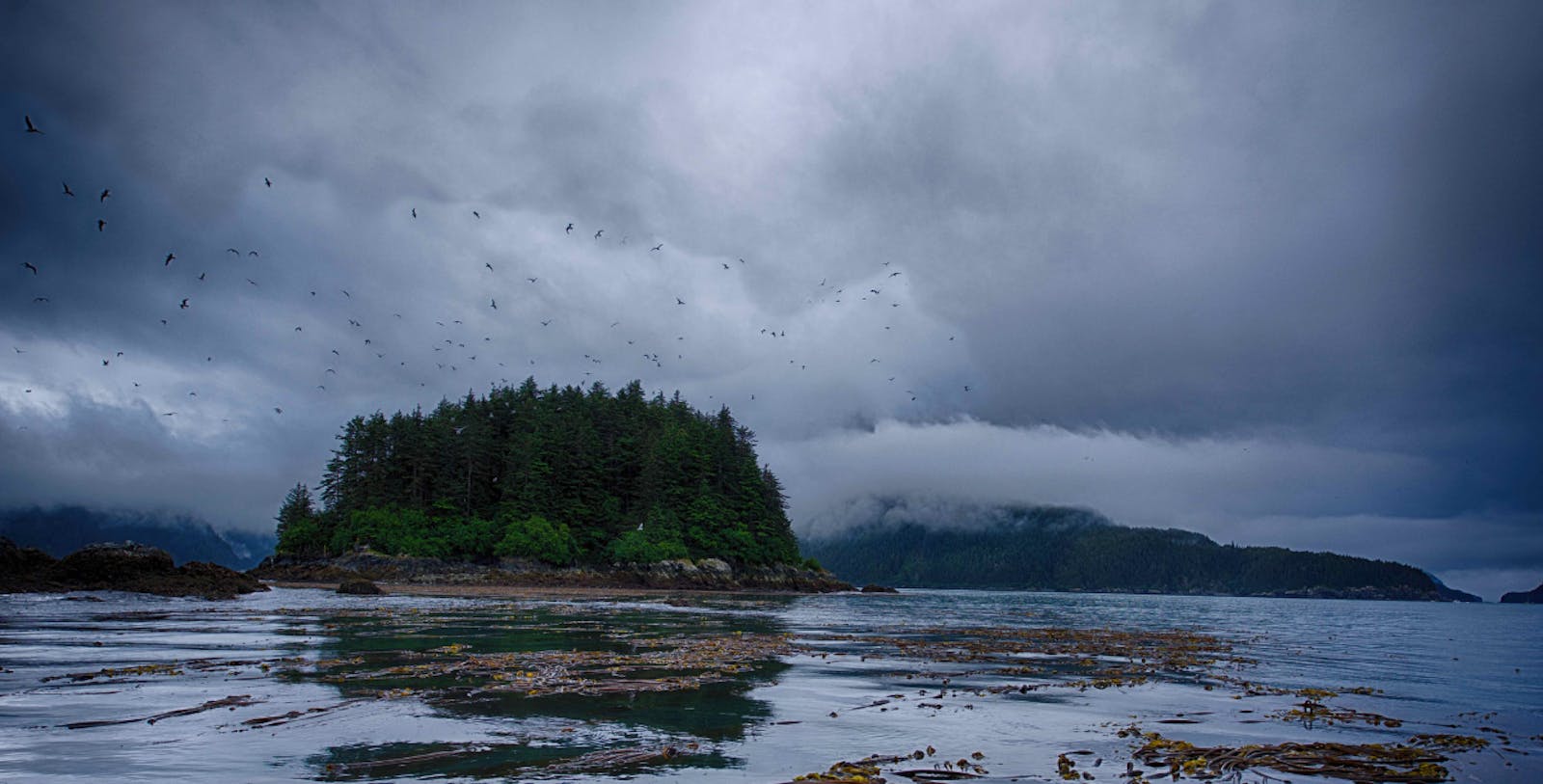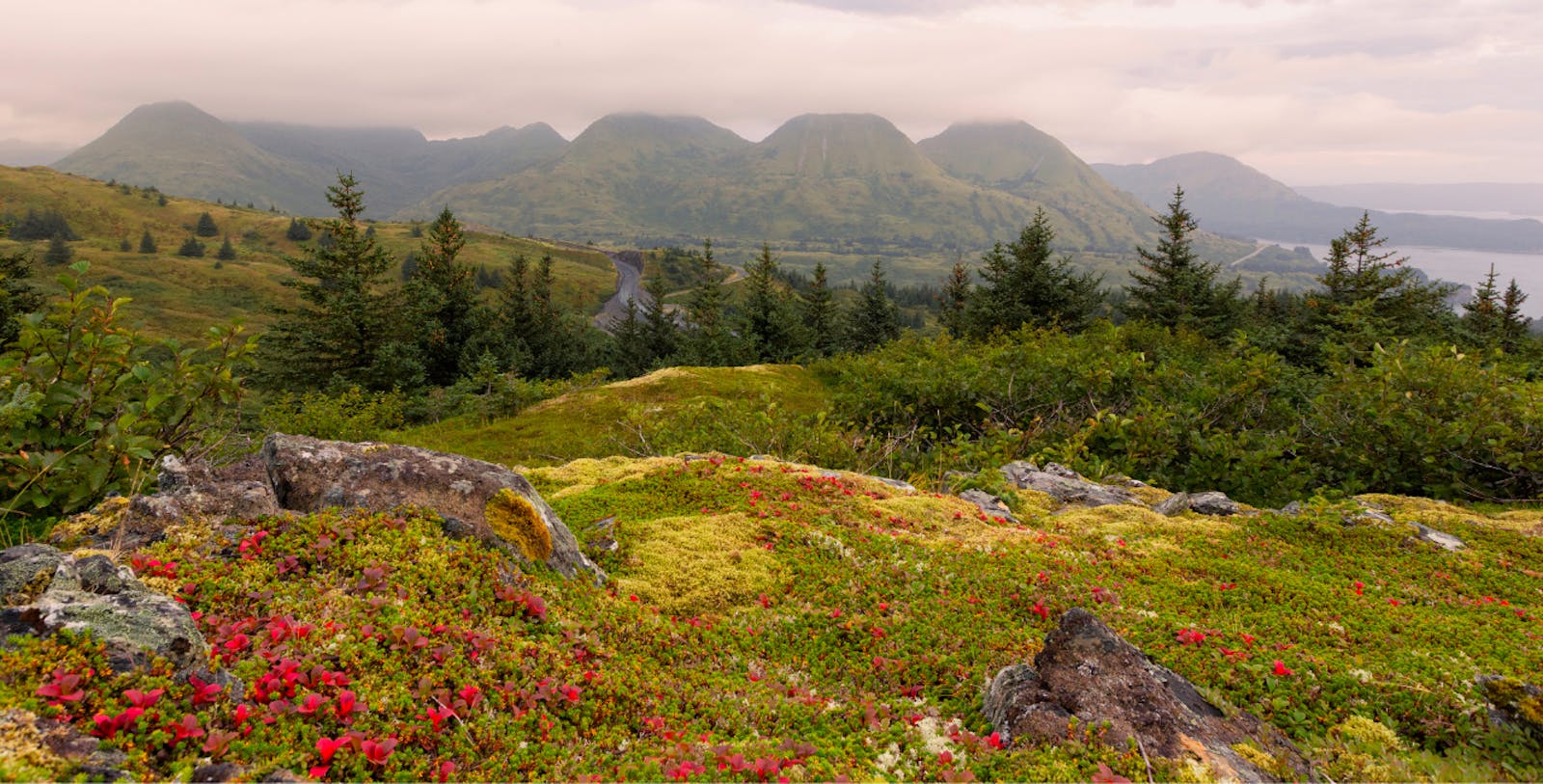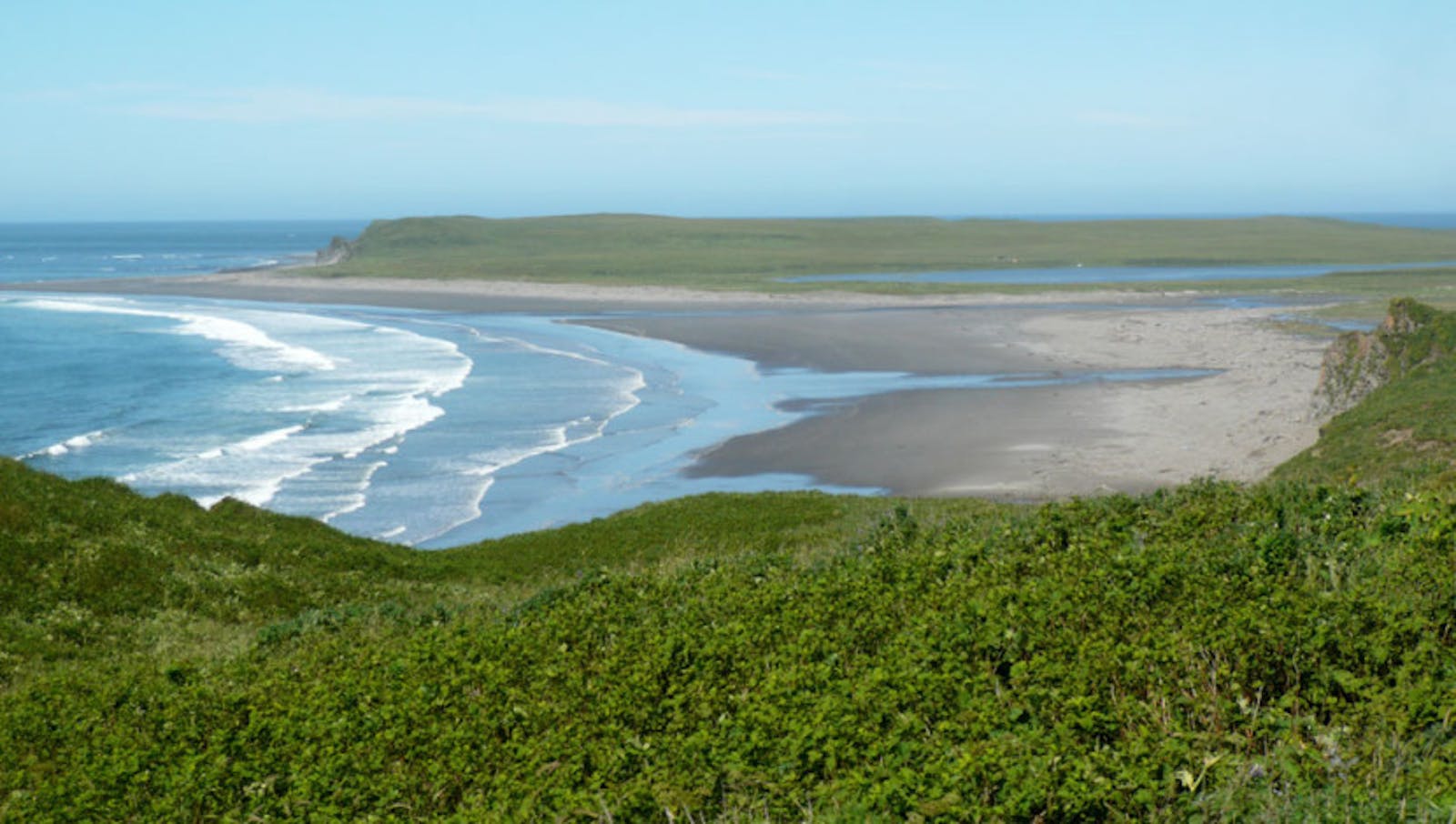Alaska Peninsula Montane Taiga
The ecoregion’s land area is provided in units of 1,000 hectares. The protection goal is the Global Safety Net (GSN1) area for the given ecoregion. The protection level indicates the percentage of the GSN goal that is currently protected on a scale of 0-10.
Bioregion: Greater Alaska Taiga & Tundra (NA4)
Realm: Subarctic America
Ecoregion Size (1000 ha):
4,874
Ecoregion ID:
369
Conservation Target:
96%
Protection Level:
9
States: United States: AK
The Alaska Peninsula Montane Taiga ecoregion is an area of rugged and picturesque coastline extending from the MacNeil River and the mouth of Cook Inlet in the northeast, down a relatively narrow peninsular to Unimak Island in the southwest, just off the tip of the peninsula. The ecoregion also includes about 80% of Kodiak Island and a number of smaller islands.
To its north are the Beringia Lowland Tundra and Alaska-St. Elias Range Tundra ecoregions, and a small part of the Northern Pacific Alaskan Coastal Forests ecoregion co-occurs with it on Kodiak Island. Spawning sockeye salmon are abundant in this ecoregion and serve as an important food source to the brown bears (and the iconic subspecies, Kodiak brown bear, the largest terrestrial carnivore in the world, as well as bald eagles and other animals.
Rounded ridges from sea level to 1,200 m in elevation characterize most of the ecoregion, but active and inactive volcanic peaks rising to 1,400-2,600 m also occur here. Some 24% of the ecoregion is protected, including the large and ecologically outstanding Katmai National Park and Preserve (15,872 km2, but overlapping into adjacent Beringia Lowland Tundra ecoregion) and Kodiak National Wildlife Refuge (7,689 km2). Another 17% of habitat outside of protected areas is intact, which is low for a taiga ecoregion.
The climate of the Alaska Peninsula Montane Taiga is mild due to its strong maritime influence from the Alaska Current, with winter temperatures averaging between -11ºC and 1ºC and summer temperatures in the range of 6ºC to 15ºC. These moderate temperatures keep most of the ecoregion free from permafrost, though glaciers covered the region many times during the Pleistocene and still occur on the higher peaks. Annual precipitation varies from 600 to 3,300 mm near the coasts but reaches more than 4,000 mm at high elevations. The volcanic soils erode readily during heavy rains, which sometimes hinders vegetation development.
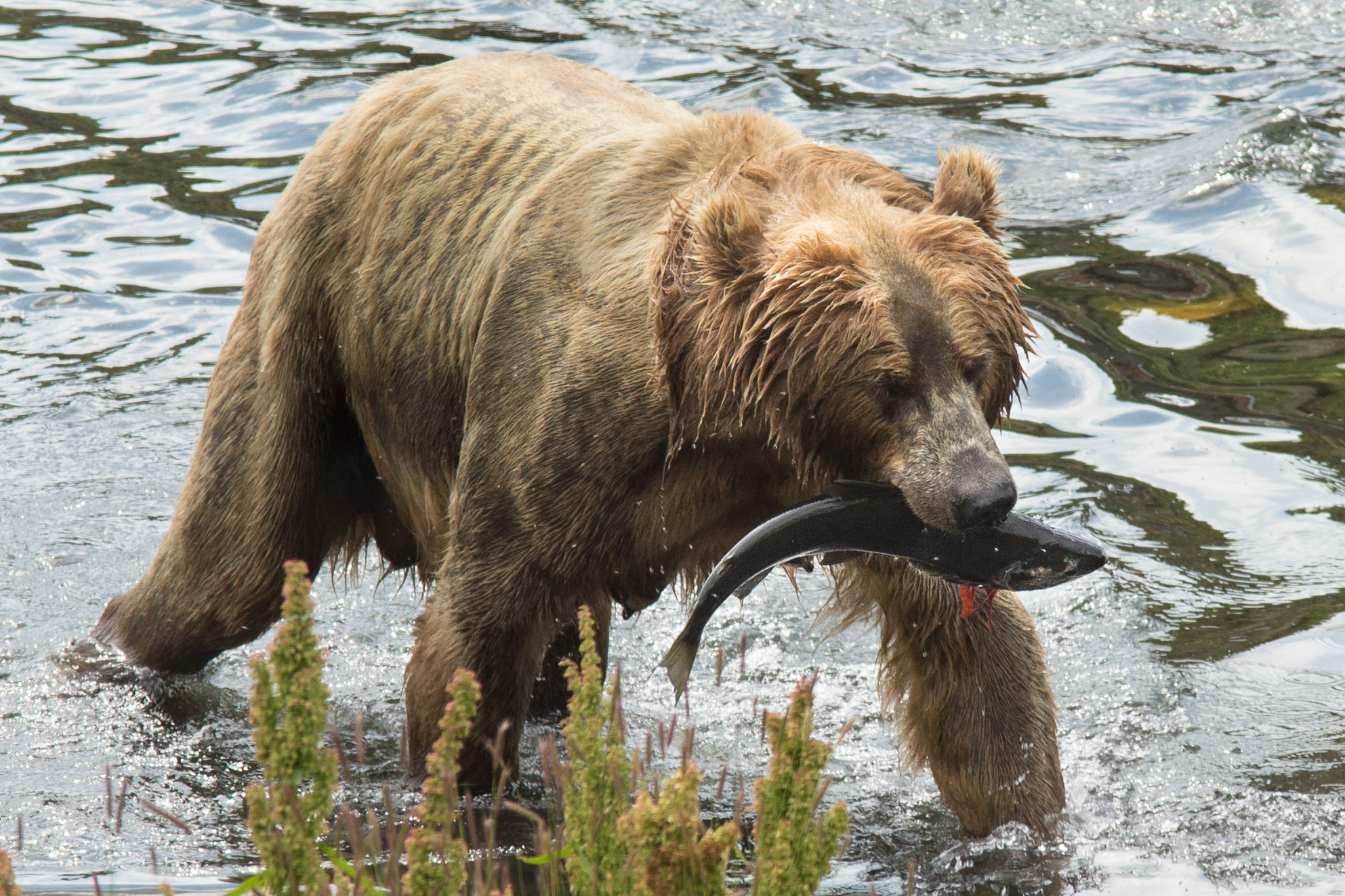
The flagship species of the Alaska Peninsula Montane Taiga ecoreigon is the Kodiak brown bear.
The vegetation on low slopes and protected sites is mostly low scrub dominated by willows, other shrubs, and some forbs. Upper slopes and exposed areas have dwarf scrub dominated by crowberry along with other ericaceous (heath family) shrubs, arctic willow, and white mountain avens. Lower elevations also have tall scrub communities dominated by green alder, while some floodplains and south-facing slopes feature stands of balsam poplar. Mammals in this ecoregion include snowshoe hare, moose, wolf, brown bear, coyote, beaver, lynx, wolverine, river otter, mink, red fox, weasel, porcupine, marten, and on the mainland in winter, occasional caribou.
The marine mammals include the harbor seal, sea lion, sea otter, beluga whale, killer whale and gray whale. Kodiak National Wildlife Refuge, on Kodiak Island, has 117 salmon-bearing streams with all five species of Pacific salmon, 16 lakes, riparian wetlands, grasslands, scrub, spruce forest, tundra, alpine meadows, and some 600 breeding pairs of bald eagles.
Large colonies of seabirds were known to occur across this ecoregion. For example, Unimak Island supported more than 500,000 tufted puffins, Stepovak Bay supported 200,000 murres and 300,000 puffins, and colonies on the Semidi Islands had 500,000 fulmars and 650,000 murres. More than 1.5 million seabirds still winters in nearshore waters around Kodiak Island.
Priority conservation actions for the next decade are to: 1) increase the area of land designated for protection – this ecoregion should be able to support at least 50% protection; 2) protect brown bears from unsustainable harvest outside of protected areas; and 3) carefully manage cruise ships and other tourism and recreation throughout the ecoregion to sustain its wild character.
Citations
1. Ricketts, T.H. et al. 1999. Terrestrial Ecoregions of North America: A Conservation Assessment. Island Press, Washington, D.C.
2. Katmai National Park and Preserve. https://en.wikipedia.org/wiki/Katmai_National_Park_and_Preserve
3. Travel Alaska: Kodiak National Wildlife Refuge. https://www.travelalaska.com/Destinations/Parks-and-Public-Lands/Kodiak-National-Wildlife-Refuge.aspx
